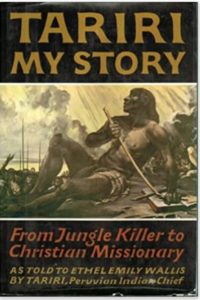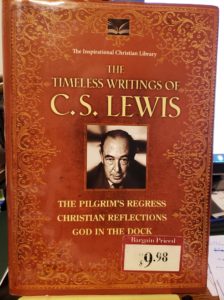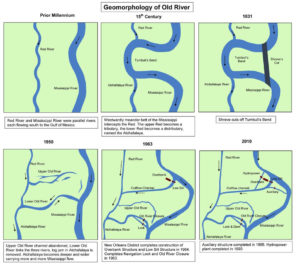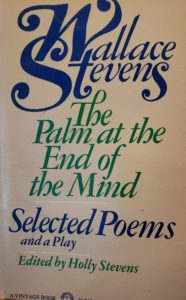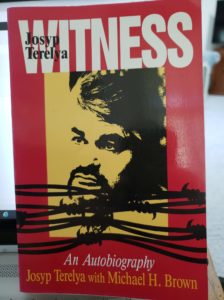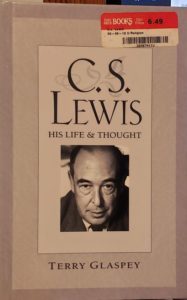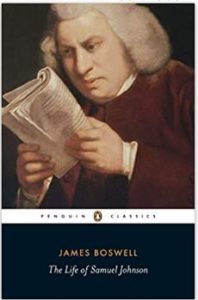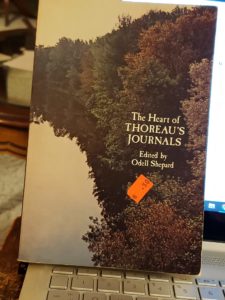
Every now and then you pick up a book, not because you necessarily are interested in it, but because you know others are and therefore you ought to be. That was the case with The Heart of Thoreau’s Journals. I bought it used some years ago and put it on the bookshelves in a guest room. That way someone might see it and say, “Oh, my, he reads Thoreau!”
Except I didn’t read it. It sat on that shelf for close to ten years until, in the spirit of dis-accumulation, I picked it up and decided to read it. Again, I thought others did, why shouldn’t I? I’ve read other journals and liked them.
Alas, this one I didn’t. Emerson described Thoreau as a brilliant, gifted writer. Famous, of course, for his time of isolation on Walden Pond. I found his journal entries to be unintelligible. Oh, they were made in proper English, but what did they say? By reading them, how was I enlightened?
Here’s an example from June 26, 1840, when Thoreau was 22 years old:
Say, Not so, and you will outcircle the philosophers.
And another from around the same time:
My friend will be as much better than myself as my aspiration is above my performance.
Nice sounding prose, and to read such a line in the midst of a narrative about the day will cause the reader to stop and ponder the meaning, thinking surely this is profound and I must think on it until I gain knowledge or enlightenment.
But I couldn’t take it. I read 25 pages of this 219 page book. I usually try to get at least 25% into a book, but I couldn’t this one. Actually, I rarely give up on a book all together, so this speaks of my inability to appreciate the obvious brilliance of the journaler.
I did take a little time to look ahead before I totally gave up. I read some of the entries from 1859, about the slavery debate then raging. I found Thoreau to be lucid and spot-on in his denunciation of slavery and support for the abolitionists. If only the rest of this excerpt from his journals was just as good, I might have finished it. I have a copy of Walden, and hope to read it someday. For now, however, I will give Henry David Thoreau a good long rest.
Two stars only, and I’m not quite sure why it’s not 1-star, except that the literati will think I’m an ignoramus if I rank it that low. Tomorrow it goes on the sale/donation pile. There are plenty of other books on the guest room shelves, and anyone who stays there will find hours of pleasurable reading.
